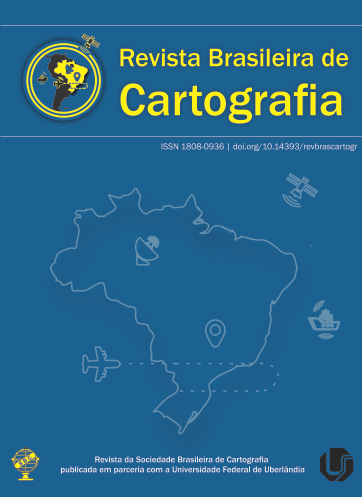Urban sprawl and fragmentation: a spatial analysis based on population distribution
Main Article Content
Abstract
Research on dispersion and urban fragmentation considers non-spatial indicators such as demographic density and economic centrality in their analyses. Alternatively, the purpose of the article is to present a methodology based on metrics of the spatial distribution of the population in a regular statistical grid, enhancing the use of demographic data. In a Geographic Information System, indicators with data from the demographic census of 2010 is calculated for the 23 municipalities’ Urban Agglomeration of Piracicaba (AUP), state of São Paulo, in such a way as to evaluate the urban form, extent and fragmentation of the urban area in each municipality. The results show that the municipalities have characteristics such as fragmentation and spreading in different intensities and that the spatial distribution observed in the AUP is guided according to a territorial occupation vectors, such as highways. The positive and strong correlations between volume, population and forms of the urban area were detected. The case of the AUP indicates that the methodology is propitious for the spatial reading of the phenomena considered and for comparative studies. With easy-to-access data, the technique offers good spatial resolution and can be replicated to other clippings. The results allow dialoguing with the bibliographic production about urban sprawl, either by explaining the spatial component, or by the possibility of interaction with other non-spatial indicators.
Downloads
Metrics
Article Details
Authors who publish in this journal agree to the following terms:
- Authors retain copyright and grant the journal right of first publication with the work simultaneously licensed under a Creative Commons Attribution License that allows others to share the work with an acknowledgment of the work's authorship and initial publication in this journal.
- Authors can enter into separate, additional contractual arrangements for the non-exclusive distribution of the journal's published version of the work (e.g., post it to an institutional repository or publish it in a book), with an acknowledgment of its initial publication in this journal.
- Authors are permitted and encouraged to post their work online (e.g., in institutional repositories or on their website) before and during the submission process, as it can lead to productive exchanges, as well as earlier and greater citation of published work (see "The Effect of Open Access").





